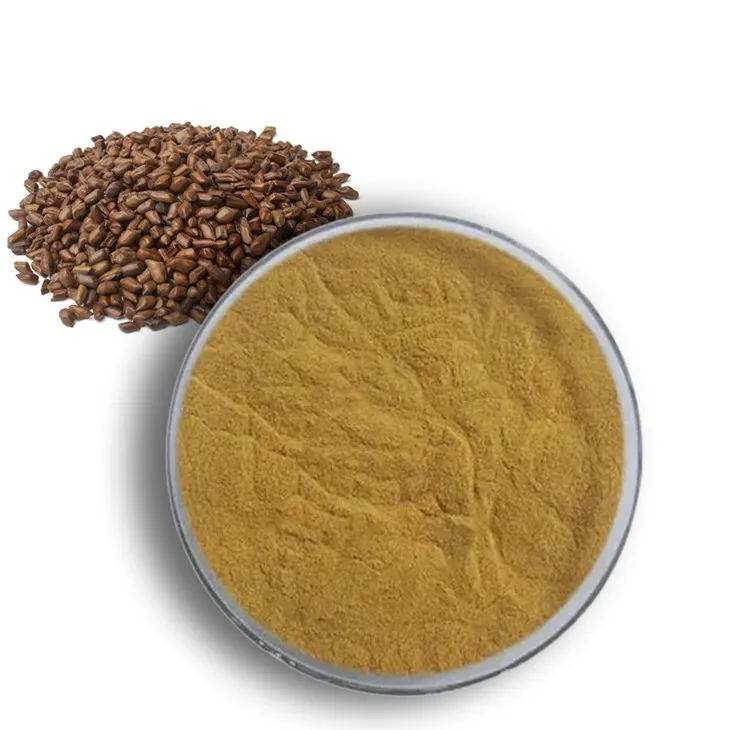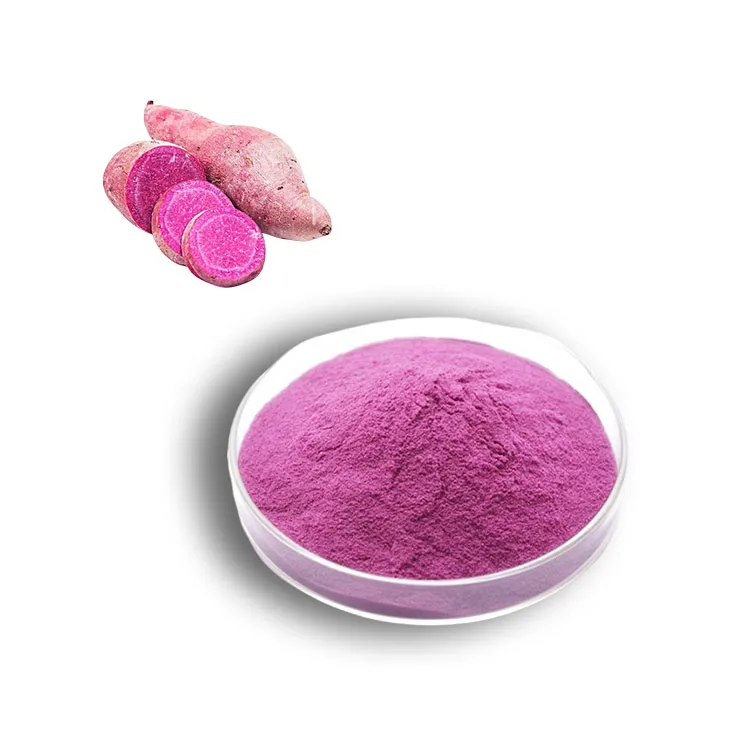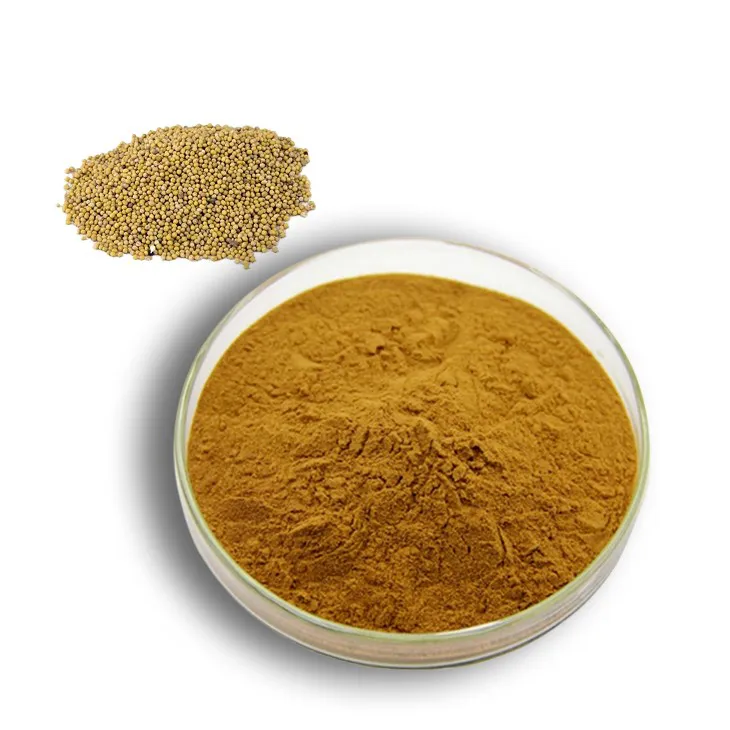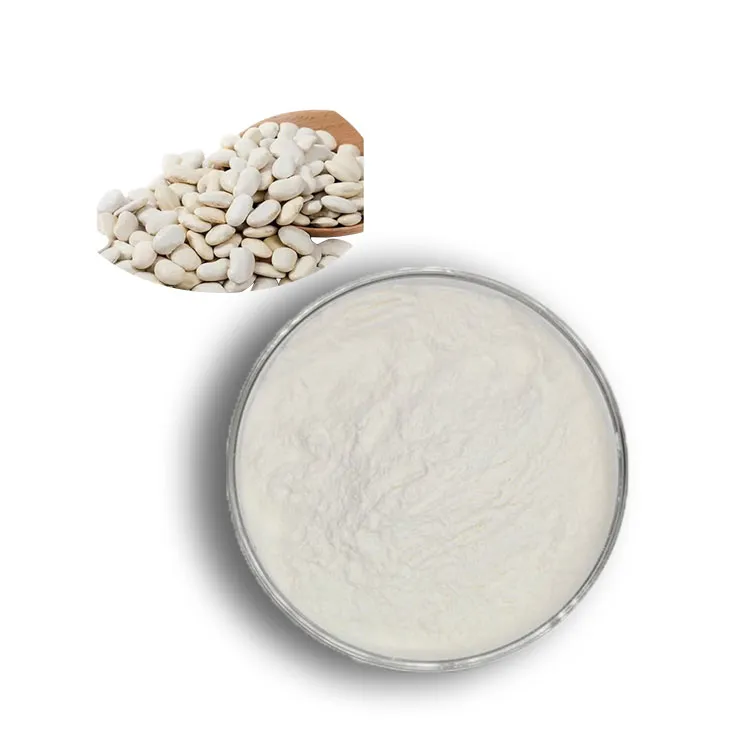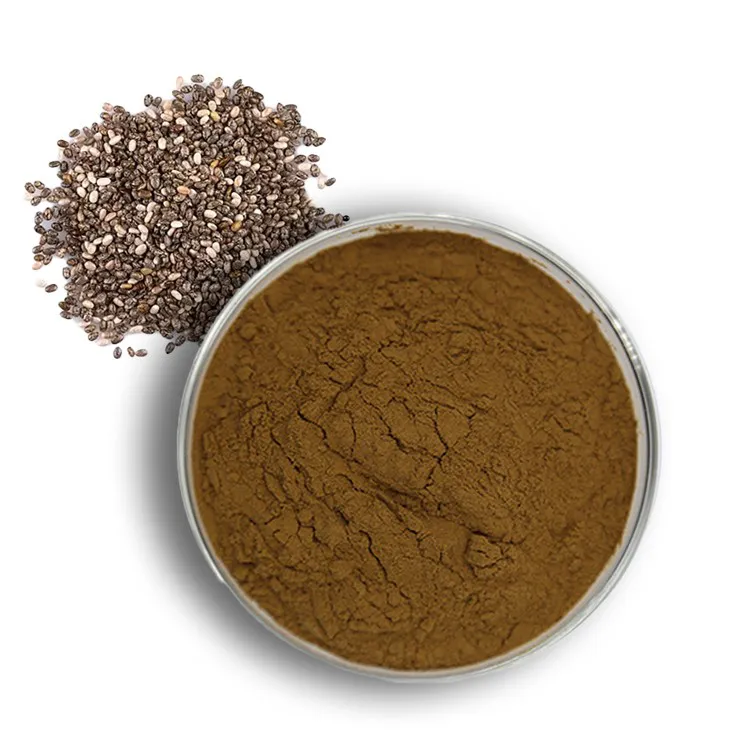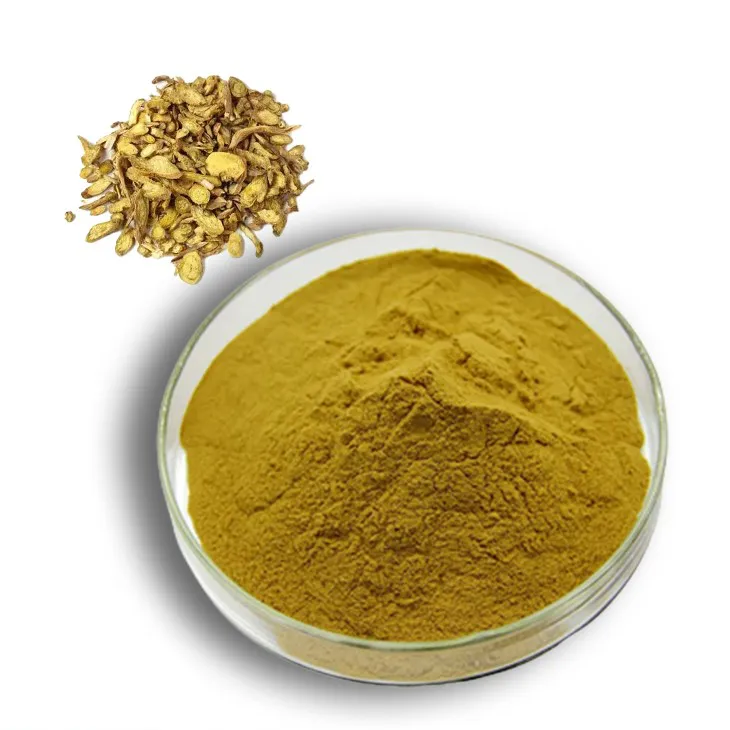- 0086-571-85302990
- sales@greenskybio.com
Effective Strategies to Burn Belly Fat: Tips for Achieving a Lean Waistline
2025-08-26
Belly fat is a common concern for many individuals striving for a healthier physique and improved overall wellness. Accumulation of fat around the midsection not only affects appearance but is also closely linked to various health risks, including cardiovascular disease, type 2 diabetes, and metabolic syndrome. While spot reduction is widely regarded as a myth, comprehensive lifestyle strategies can effectively target and reduce belly fat. This article examines the most effective methods and approaches to help burn belly fat, supporting a lean and healthy waistline.
Understanding Belly Fat
Before diving into strategies for burning belly fat, it's important to understand the nature of this type of fat. The human body stores fat primarily in two forms: subcutaneous fat and visceral fat.
- Subcutaneous Fat: This is the layer of fat situated just below the skin, which can be pinched and grasped. While subcutaneous fat contributes to the visible appearance of belly fat, it is less harmful to health than visceral fat.
- Visceral Fat: This type of fat is stored deeper in the abdominal cavity, surrounding vital organs like the liver, pancreas, and intestines. Visceral fat is metabolic and hormonally active, contributing to inflammation and increasing the risk of serious health issues.
The key to addressing belly fat lies in reducing visceral fat through healthy lifestyle changes.
Nutrition and Dietary Strategies
1. Balanced Diet: Focus on the quality of your nutrition by incorporating whole, nutrient-dense foods. Emphasize lean proteins, whole grains, fruits, vegetables, and healthy fats, which support metabolism and reduce fat accumulation. Avoid processed foods high in sugars and unhealthy fats that contribute to excess calorie intake.
2. Portion Control: Consuming appropriate portion sizes aids in preventing overeating, key to managing weight. Mindful eating practices, such as paying attention to hunger cues and savoring meals, contribute to a sustainable dietary approach.
3. Reduce Added Sugar: High sugar consumption is linked to increased belly fat. Limiting sugary foods and beverages, including sodas, pastries, and candies, can significantly reduce calorie intake and decrease belly fat.
4. Increase Fiber Intake: Fiber-rich foods, such as whole grains, fruits, vegetables, and legumes, promote fullness and regulate digestion. Soluble fiber, especially found in oats, beans, and flaxseeds, is effective at delaying digestion and absorption, leading to reduced belly fat.
5. Protein-Rich Foods: Adequate protein intake supports muscle maintenance and improves metabolism. Incorporating sources like lean meats, fish, eggs, and plant-based options (such as tofu) helps reduce hunger and lower calorie consumption, facilitating fat loss.
Physical Activity and Exercise
Exercise is a critical component of any belly fat reduction strategy. No single exercise directly targets belly fat, but combining cardiovascular and strength training activities enhances overall fat burning.
1. Cardiovascular Exercise: Engaging in activities that raise your heart rate helps burn calories and reduces overall fat. Opt for running, cycling, swimming, brisk walking, or dance workouts for effective cardiovascular benefits.
2. High-Intensity Interval Training (HIIT): HIIT involves short bursts of intense activity followed by rest or low-intensity periods. This efficient workout format boosts metabolism and accelerates fat burning, making it impactful for reducing visceral fat.
3. Strength Training: Building lean muscle through strength exercises increases resting metabolic rate, enabling greater fat burn throughout the day. Incorporate weightlifting, resistance bands, bodyweight exercises, or circuit training to stimulate muscle growth.
4. Core Exercises: While core exercises don't directly burn belly fat, they strengthen the abdominal muscles and improve posture, contributing to a toned appearance. Planks, crunches, Russian twists, and leg raises effectively engage core muscles.
Lifestyle and Behavioral Changes
1. Adequate Sleep: Quality sleep is essential for hormonal balance and weight management. Lack of sleep impacts hunger-regulating hormones, leading to increased appetite and potential weight gain. Aim for 7-9 hours of restful sleep per night.
2. Stress Management: Chronic stress triggers the release of cortisol, a hormone associated with increased belly fat storage. Implement stress reduction techniques like mindfulness, meditation, yoga, or deep breathing exercises to manage stress effectively.
3. Hydration: Drinking enough water is vital for overall health and can assist in weight management. Staying properly hydrated supports digestion, optimizes metabolism, and reduces unnecessary calorie consumption.
4. Consistent Routine: Establishing consistency in dietary and exercise habits aids in fostering a sustainable lifestyle change. Create a schedule that integrates balanced meals and regular physical activity, enhancing discipline and long-term success.
5. Avoid Alcohol Excess: Overconsumption of alcohol adds empty calories and can contribute to fat accumulation, particularly visceral fat. Moderation or abstinence from alcohol is advisable for effective belly fat management.
Professional Support and Considerations
1. Seek Nutrition Guidance: Consulting with a registered dietitian or nutritionist can provide personalized dietary plans tailored to goals and needs, optimizing the approach to belly fat reduction.
2. Monitor Progress: Regular tracking of dietary intake, physical activity, and progress (e.g., body measurements) helps identify strengths or areas requiring adjustment. Progress monitoring maintains motivation and enables informed changes.
3. Establish Realistic Goals: Setting achievable expectations contributes to successful lifestyle integration. Focus on gradual, sustainable progress rather than quick fixes for lasting results.
4. Medical Evaluation: Underlying health issues may contribute to weight gain or difficulty losing weight. Consulting with healthcare providers aids in identifying and addressing medical contributors to weight concerns appropriately.
Conclusion
Effectively burning belly fat requires a holistic approach encompassing diet, exercise, and lifestyle modifications. While spot reduction is not feasible, implementing strategies that target overall body fat will yield reductions in visceral fat and contribute to a lean waistline. Emphasize balanced nutrition, engage in diverse physical activities, manage stress, and embrace consistent habits to foster lasting change.
By prioritizing these comprehensive strategies, individuals can combat belly fat and enhance their overall well-being. For those seeking personalized support, professional guidance from healthcare providers or nutrition experts can provide tailored insights and empower success. As a result, achieving a lean waistline and improved health becomes attainable through informed, sustainable choices.
- ▶ Hesperidin
- ▶ citrus bioflavonoids
- ▶ plant extract
- ▶ lycopene
- ▶ Diosmin
- ▶ Grape seed extract
- ▶ Sea buckthorn Juice Powder
- ▶ Beetroot powder
- ▶ Hops Extract
- ▶ Artichoke Extract
- ▶ Reishi mushroom extract
- ▶ Astaxanthin
- ▶ Green Tea Extract
- ▶ Curcumin Extract
- ▶ Horse Chestnut Extract
- ▶ Other Problems
- ▶ Boswellia Serrata Extract
- ▶ Resveratrol Extract
- ▶ Marigold Extract
- ▶ Grape Leaf Extract
- ▶ blog3
- ▶ Aminolevulinic acid
- ▶ Cranberry Extract
- ▶ Red Yeast Rice
- ▶ Red Wine Extract
-
Cassia Seed Extract
2025-08-26
-
Purple Sweet Potato Extract
2025-08-26
-
White mustard seed extract
2025-08-26
-
Motherwort Extract
2025-08-26
-
Curcuma Longa Extract
2025-08-26
-
Kidney Bean Extract
2025-08-26
-
Chia Seed Powder
2025-08-26
-
Sea buckthorn Juice Powder
2025-08-26
-
Baicalin
2025-08-26
-
Dandelion Leaf Extract
2025-08-26











